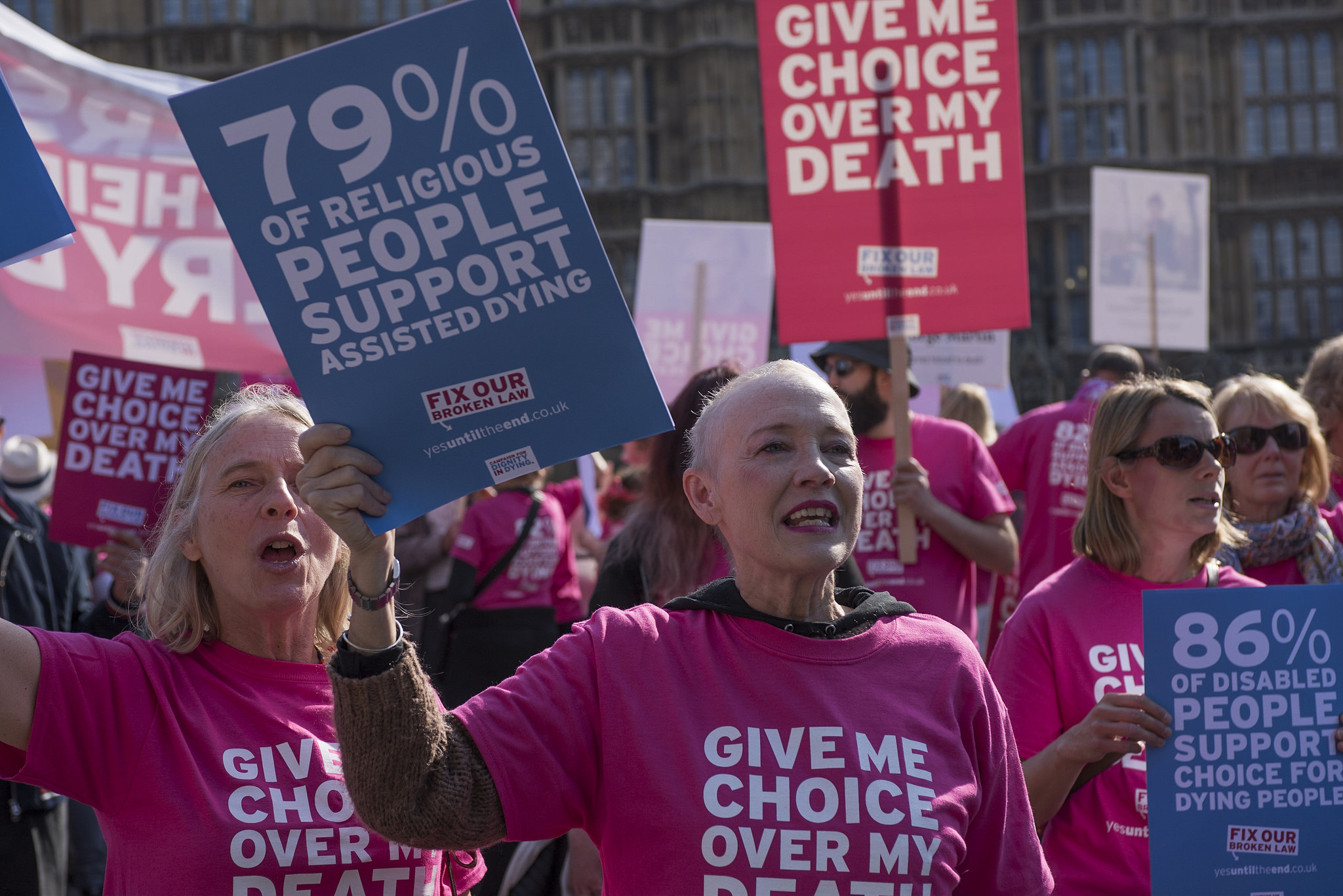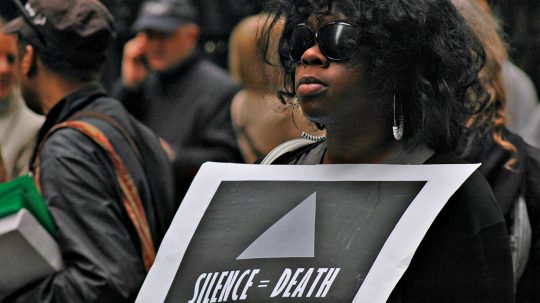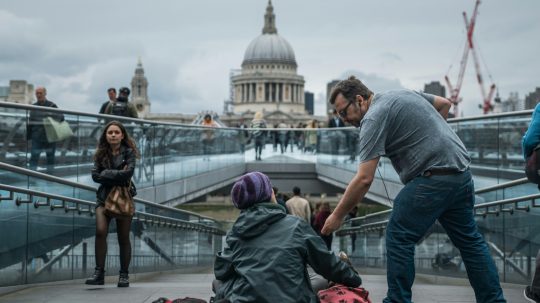One year ago, the European Court of Human Rights handed down its decision in a UK case on the law of assisted suicide, declaring it inadmissible for the Court’s consideration. The case was brought by Mrs Jane Nicklinson, widow of Tony Nicklinson, and Mr Paul Lamb.
The final years of Tony Nicklinson’s life were, in his words, “miserable, demeaning, undignified and intolerable”. Tony was living with the consequences of a catastrophic stroke. He was paralysed save for his head and eyes.
Paul Lamb was involved in a car accident. He sustained multiple injuries which left him paralysed. He is completely immobile apart from his right hand, which he can move to a limited extent. His condition is irreversible and he requires constant care. He feels trapped in his body and claims that he cannot endure a life so painful and lacking in autonomy.
What is the law on assisted dying?

Under Section 2 of the Suicide Act 1961, encouraging or assisting a suicide is a crime, carrying a maximum sentence of 14 years in prison. Any criminal prosecutions under this law must be brought by the Director of Public Prosecutions (‘DPP’). The DPP has published guidelines setting out the policy on prosecutions under Section 2.
Because of Tony Nicklinson’s condition, he was physically unable to take his own life. It would have been illegal for his wife to help him to commit suicide. Tony applied to the High Court for a declaration that it would be lawful for a doctor to assist him in terminating his life or, failing that, for a declaration that the law breached his right to respect for private and family life under the European Convention on Human Rights.
What did the UK courts say?
In 2012, the High Court refused to make either declaration. Tony then declined all food and died of pneumonia shortly after. Tony’s widow, Jane Nicklinson, took his place in the proceedings and pursued an appeal. The case went up to the Supreme Court, but it too refused to change the law. The judges said that this was something Parliament needed to decide.
Jane Nicklinson and Paul Lamb joined their cases together and took them to the European Court of Human Rights.
What did the European Court of Human Rights say?

The European Court of Human Rights recognised that the law on assisted dying had been considered by the UK Parliament several times in recent years. It said that the majority of the Supreme Court had dealt with the substance of Jane Nicklinson’s claim, taking into account Parliament’s views. As a result, the European Court declared her case inadmissible, which meant that it would not consider the merits of the case.
Paul Lamb’s case was also declared inadmissible, but that was because he had not presented his argument – that there should be a judicial procedure to authorise voluntary euthanasia – to the UK Supreme Court. He had, therefore, not exhausted all available domestic remedies and the European Court would not rule on a matter which the UK courts had not had a chance to consider. As a result, there was no change to the law.
Who else is arguing for a change in the law?

There are many groups campaigning to change the law on assisted dying. For example, Dignity in Dying are a national organisation campaigning to legalise assisted dying, within upfront safeguards, for terminally ill, mentally competent adults. Other groups include the British Humanist Association, which intervened in support of the case in the Supreme Court.
These groups argue that the current state of the law means that people may resort to travelling abroad, to centres such as Dignitas, in order to be assisted in ending their life, meaning they are in unfamiliar surroundings and may be away from their families when they die. They point to the practices of places such as Oregon in the United States, where assisted suicide has been legal since 1997, in support of changing the law.
Some in the UK Parliament have argued in favour of legalising assisted suicide. Lord Falconer proposed an assisted dying bill in the House of Lords in June 2014, but it failed as there was not time for it be adequately debated before the end of Parliament. In June 2015, Labour MP Rob Marris proposed a private member’s bill in the House of Commons that sought to adopt Lord Falconer’s recommendations. This bill failed as well: on the 11th September 2015, 330 MPs voted against it, with only 118 voting in its favour. The right to die remains a legally and morally contentious issue in the UK.
You can read the Supreme Court judgment here and the European Court of Human Rights judgment here.
Read RightsInfo’s overview of UK cases on assisted dying here. Learn more about the right to respect for private and family life with our infographic poster.







